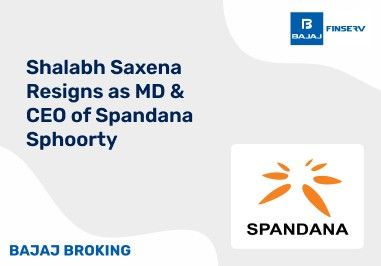Why Choose Bajaj Broking?
BAJAJ BROKING
Notification

No new Notification messages
Tankup Engineers IPO is Open!
Apply for the Tankup Engineers IPO through UPI in just minutes.
Open a Free Demat Account
Pay ZERO maintenance charges for the first year, get free stock picks daily, and more.
Trade Now, Pay Later with up to 4x
Never miss a good trading opportunity due to low funds with our MTF feature.
Track Market Movers Instantly
Stay updated with real-time data. Get insights at your fingertips.
Latest Blogs
All Categories
- All
- Annual Results
- Authorised Person
- Bonds
- Brokerage Se Azadi
- Budget
- Calculators
- Commodities
- Commodities Market Today
- Company Overview
- Demat Account
- Derivatives
- Global Market
- Global Market And News
- Gold Rate Today Updates
- Group Companies
- How To's
- IPO
- IPO Allotment Status
- Indices
- Intraday Trading
- Investment
- MTF
- Must Reads
- Mutual Funds
- Nifty 50
- Personal Finance
- Q1 Results
- Q4 Results
- Quarterly Results
- Refer and Earn
- Savings Schemes
- Sectoral Blogs
- Share Market
- Share Market News
- Share Market Updates
- Taxes
- Technical Analysis
- Top Gainers And Losers
- Trading
- Trading Account
- US Stock Market
- YouTube Blogs
Our Secure Trading Platforms
Level up your stock market experience: Download the Bajaj Broking App for effortless investing and trading

















